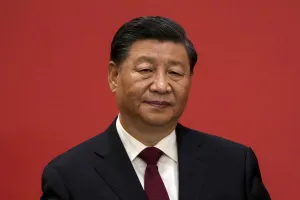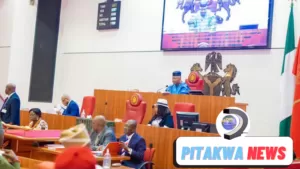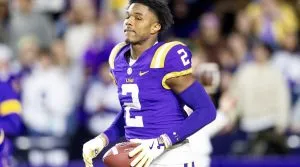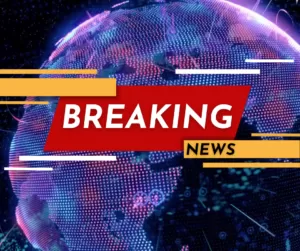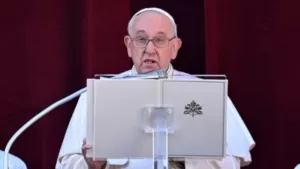Nigeria’s GDP Per Capita: A Story of Growth and Decline Under Different Governments From 1999-2025

Nigeria, Africa’s largest economy, has experienced fluctuations in its GDP per capita over the years, influenced by various factors such as economic policies, governance, and global events. This article examines the GDP per capita figures for Nigeria under different governments, highlighting the growth and decline of the country’s economy.
Obasanjo’s Era (1999-2007)
When Olusegun Obasanjo took office in 1999, Nigeria’s GDP per capita was $481.95. During his tenure, the country experienced significant economic growth, driven by reforms and investments in key sectors. By 2007, Nigeria’s GDP per capita had risen to $1,790, representing a growth of over 270%.
Yar’Adua’s Brief Tenure (2007-2010)
Umaru Musa Yar’Adua took over from Obasanjo in 2007 and continued his economic policies. During his brief tenure, Nigeria’s GDP per capita remained steady at $1,790 in 2007 and increased to $2,330 by 2010.
Jonathan’s Administration (2010-2015)
Goodluck Jonathan’s administration saw a continued growth in Nigeria’s GDP per capita, which rose from $2,330 in 2010 to $2,720 by 2015. This growth was driven by investments in infrastructure, agriculture, and other key sectors.
Buhari’s Tenure (2015-2023)
Muhammadu Buhari’s administration marked a significant decline in Nigeria’s GDP per capita. From $2,720 in 2015, the figure dropped to $1,640 by 2023. This decline can be attributed to various factors, including the COVID-19 pandemic, insecurity, and economic mismanagement.
Tinubu’s Administration (2023-2025*)
The current administration, led by Bola Tinubu, has seen a further decline in Nigeria’s GDP per capita. From $1,640 in 2023, the projected figure for 2025 is $835. This significant decline raises concerns about the country’s economic trajectory and the need for urgent reforms.
Conclusion
Nigeria’s GDP per capita figures under different governments reveal a story of growth and decline. While Obasanjo’s era saw significant growth, Buhari’s tenure marked a decline. The current administration’s projected figures raise concerns about the country’s economic future. To address these challenges, Nigeria needs to implement economic reforms, invest in key sectors, and promote good governance.
